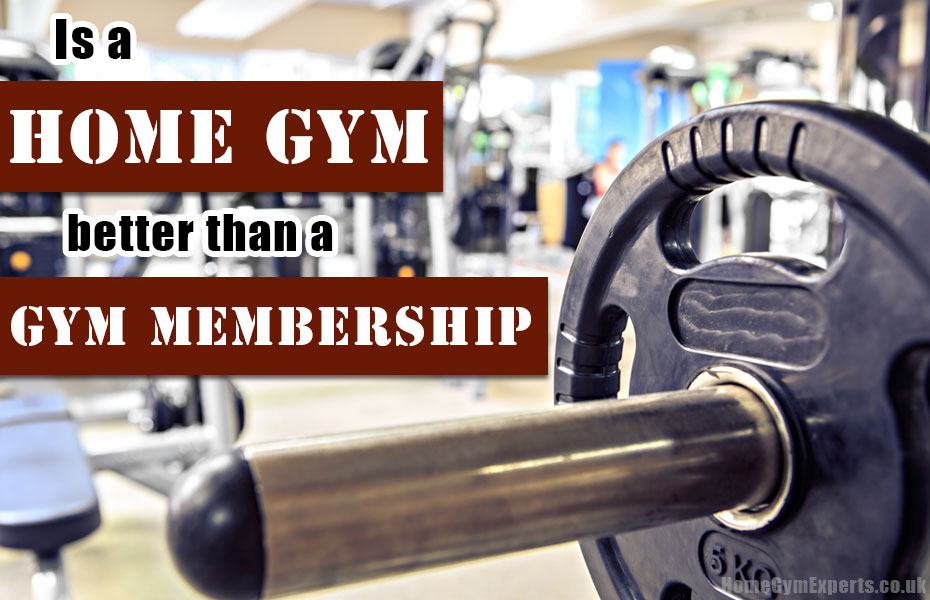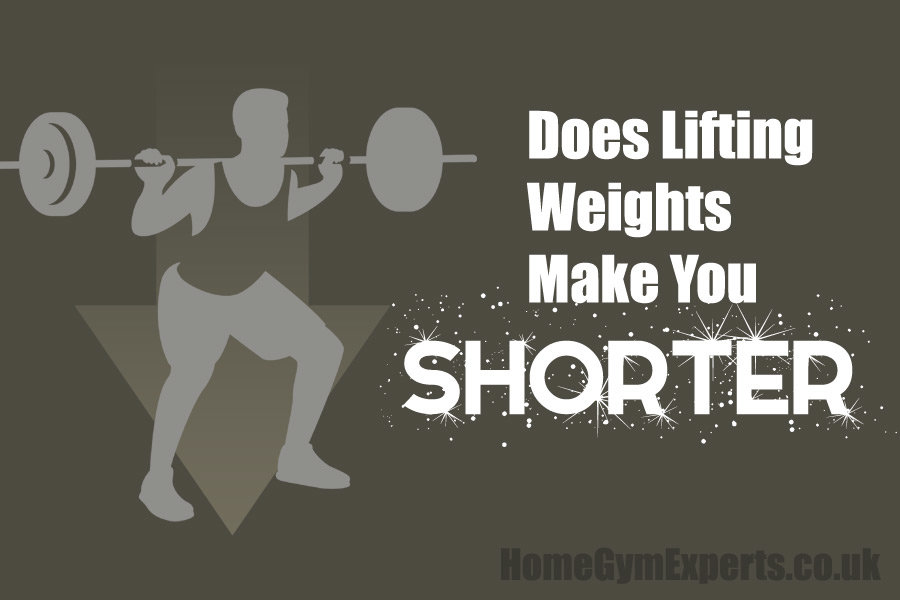If you’re new to the gym, or exercise in general, the idea of stacking a bunch of plates on a bar and hoisting it above your head can be surprisingly intimidating, even in your own home gym!
But there is basically no better training tool for almost everyone than free weights and, used correctly, they’re a simple and safe way build your strength and fitness. But how much weight should a beginner lift?
This guide is packed with info to advice to get you started out the right way on your strength training journey.
What are the advantages of free weight training?

First off, why lift weights at all? Simple. Strength training is one of the most efficient and effective ways of getting fit, no matter what your goals are. Lifting weights can help you:
- Lose fat – Lean muscle tissue is far more metabolically active than fat, which means you’re burning more calories just sitting around, plus lifting weights is great exercise, which puts you in a fat-burning metabolic state for up to a day or two afterwards.
- Get stronger – You don’t lift heavy just to push more plates in the gym. If you’re stronger, everyday tasks become much easier, injuries become less of an issue, you’ll have better cardiovascular health and better fitness. Tired of running out of breath walking up stairs? Start lifting weights.
- Feel better about yourself – The psychological benefits of being fit and healthy are well-documented. If you think you look good, you feel good. Plus, there’s some serious mental health benefits that come from regularly pitting yourself against a physical challenge and overcoming it.
- Reduce the chances of long-term illnesses – Whether it’s heart disease, bone disease, arthritis, diabetes, or something else entirely, having a fit and healthy body helps to stave off all manner of issues.
A good way to get started is to go for a decent weight bench that comes with a selection of weights – or you can, of course, buy them separately. You can skip the bench if you’re short on space and plump for a good set of rubber dumbbells.
Benefits of lifting light weights for beginners
There’s a definite addiction once you start putting weight on the bar. Seeing the numbers climb is a great feeling, but there are serious benefits to lifting light, especially if you’re still a relative beginner.

A lot of programs actually recommend starting with an empty Olympic bar. For the uninitiated, that’s a mere 20kg, which is almost nothing for a lot of exercises that use a barbell.
But there’s real advantages to lifting light at first when you’re a beginner.
When you first start, you should be focused on learning how to lift and teaching your muscles and nervous system to perform movements under stress that they might not be used to.
Related guides
- What’s the best treadmill for under £300 you can buy?
- How To Get Fit If You Are Really Unfit: Five Proven Steps
- Best Treadmills Under £500
- Where can you find treadmills in stock?
- Am I Too Old To Start Running At 60?
Focus on lifting form and getting the movement right
Early on, instead of focusing on hitting big numbers, instead focus on learning the correct movement, making sure that you’re completing the exercise with the full range of movement, that you’re being efficient and controlled all throughout the movement.
If you do this, when you do start to lift heavier weights, you’ll find it much simpler and make progress much faster.
Weightlifting and cardiovascular health
Lifting light can be used as a form of cardio exercise, burning fat and building endurance. This makes light weight and high rep workouts a good choice if you’re training for endurance, like marathons or bike races.
Lastly, high reps actually burns out glycogen stores in your muscles, which can convince your body into storing more glycogen in the muscles over time, increasing muscle size, getting you the pump.
Are there advantages of lifting heavy weights?
Lifting heavy has some serious and well documented benefits. Obviously, the biggest benefit is the increased level of strength you gain, as lifting heavy breaks down muscles and causes your body to build itself back stronger.
While it might not be a good idea to start lifting heavy if you’re a beginner in your home gym, it should be on your training to-do list.
Heavy lifting can help to strengthen bone density, reducing the risk of injury and helping to fight against bone diseases like osteoporosis.
Finally, lifting heavy weights can affect your mind in a positive way. Firstly through the increased confidence and self-respect you gain from pushing yourself and achieving your goals, but also because lifting heavy has been linked to increased production of brain-derived neurotrophic factor, which is one of the staple building blocks for new brain cells. Lifting can actually make you smarter.
However, lifting heavy does carry an element of risk and you should always make sure that you’re safe, either by having a spotter, or performing your workouts in a power rack or cage.
Should you lift light or heavy?
Many beginners will make the mistake of trying to build big muscles, for example bigger arms, by doing endless sets of curls, rows and bench presses.
The correct answer is both.
If you lift light, you should occasionally mix in some heavier lifts, which will increase your overall strength and make your standard workouts much easier to complete.
If you lift heavy, there is a concept called deloading, where for several sessions, usually a week, you lift at around 50% of your current rep weight.
This reducing the chances of injury from over-training and gives your body time to recover fully.
What exercises should you focus on?
When you’re lifting, the main focus of your workout should be the big three:
• Squats
• Deadlifts
• Presses, like the bench press and overhead press
Workouts should be full body, hitting as many of the big muscle groups as you can. You should also do all of your big lifts first, working down to exercises like curls that only affect one body part or muscle group.
How much weight do you need to lift to tone your muscles?
Common knowledge is that if you want to tone up, you lift light, exercise often and do tons of cardio.
But this may actually be the worst thing you could do to tone up.
Most people consider a toned body to be one that’s relatively free of fat, with enough lean muscle that they look slim and healthy, but obviously still athletic.
For that, body composition needs two things.
• Low body far percentage
• Toned, strong muscles
The traditional method for toning none of these things. In fact, the standard toning exercises of high-rep low-weight could be doing the opposite!
Instead, lift medium to heavy, three or four times a week, focusing on compound lifts. Once you start getting close to the body you want, maintain at that level of exercise.
How heavy should I lift to build muscle?
The single best way to gain muscle fast is to lift heavy, using multiple compound exercises, 3 to 4 times a week.
Many beginners will make the mistake of trying to build big muscles, for example bigger arms, by doing endless sets of curls, rows and bench presses.
But muscle isn’t built in isolation. Instead, focus on the major compound exercises. The more of your body you exercise and the more of your muscle you put into a hypertrophic state, the faster your muscles will grow.
Once your main compound lifts are complete, it’s perfectly fine to perform sets of isolation exercises to add that finishing touch.
And don’t forget the importance of diet. Muscles aren’t built, they’re rebuilt and that means you need the calories and macros to build them back up again after each punishing workout.
Eat clean, consider supplementation and make sure you’re getting enough protein.
How much weight should a beginner be lifting?

How much you should lift depends on your goals. In order to work out how much you’re lifting, start by calculating your one rep max. This is the maximum weight you could potentially lift for one rep.
Don’t actually try and find your one rep max. Instead, find a weight you can lift comfortably for four to six reps, then find a calculator and put it into this formula.
(Rep weight X 1.1307) + 0.7
Round up the difference and now you have an approximate one rep maximum.
Training for muscle growth
Training for muscle growth should be achieved by lifting a weight of 60-70% of your 1RM for sets of 6-12 reps. Take longer breaks when training for strength, to allow your body to recover fully.
The final rep of each set should be a struggle and feel free to end sets early if you’re at your limit. Maximum growth will be achieved when you find that fine balance.
Training for endurance
Endurance requires volume and the best way to do this is with a lower weight of 40-50% of your 1RM, in longer sets of 10-20 reps.
If training for cardiovascular endurance, take short breaks between sets and lift lighter weights. For muscular endurance, extend individual sets and take long breaks for recovery.
Training for strength
If you’re training for raw power and strength, you should be using a weight that you can only lift a maximum of 5 times.
Make sure that you have a solid foundational base of strength before you begin lifting at this volume. Around six months of consistent training is recommended.
References & Further Reading
- Best weight bench for under £100?
- NCBI – Increasing lean mass and Strength
- AbstractsOnline Study – can weight training make you smarter?
- BBC – How much weight should I lift in the gym?









